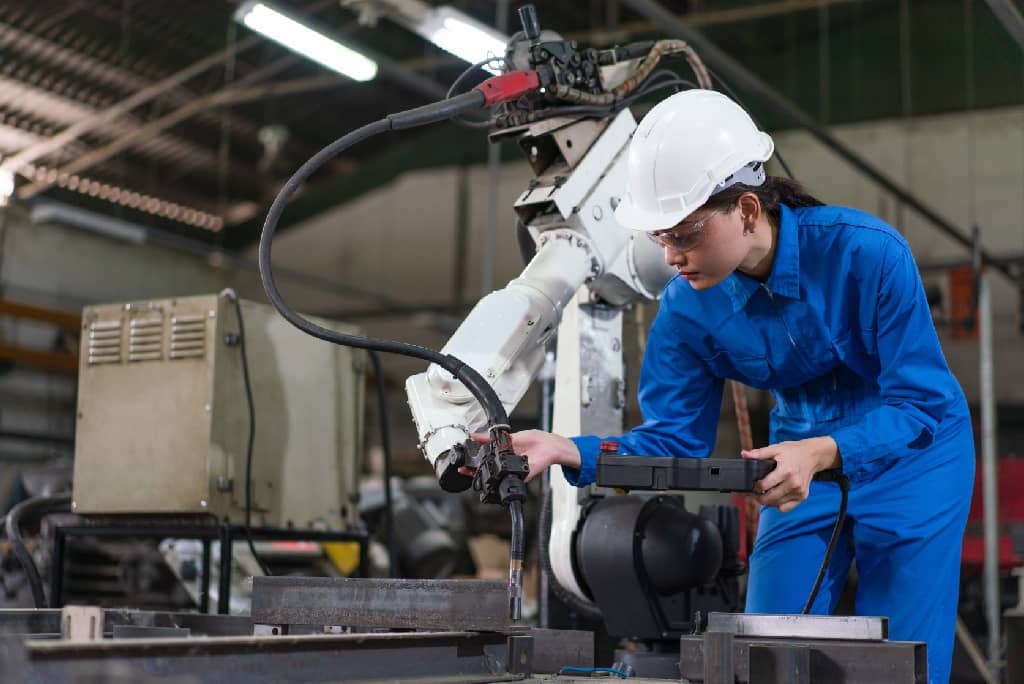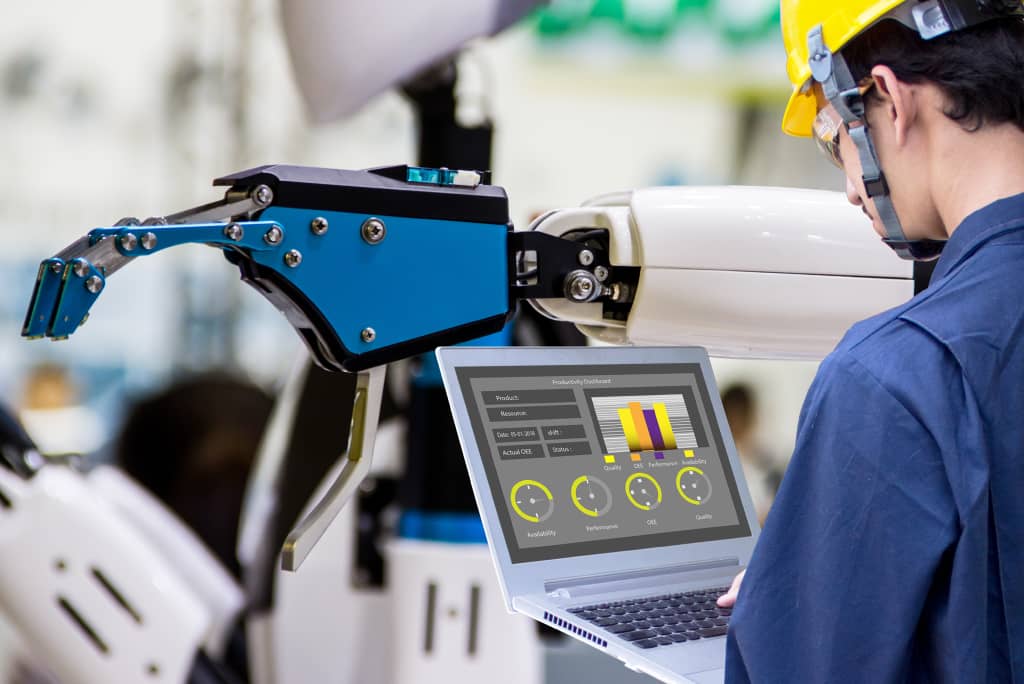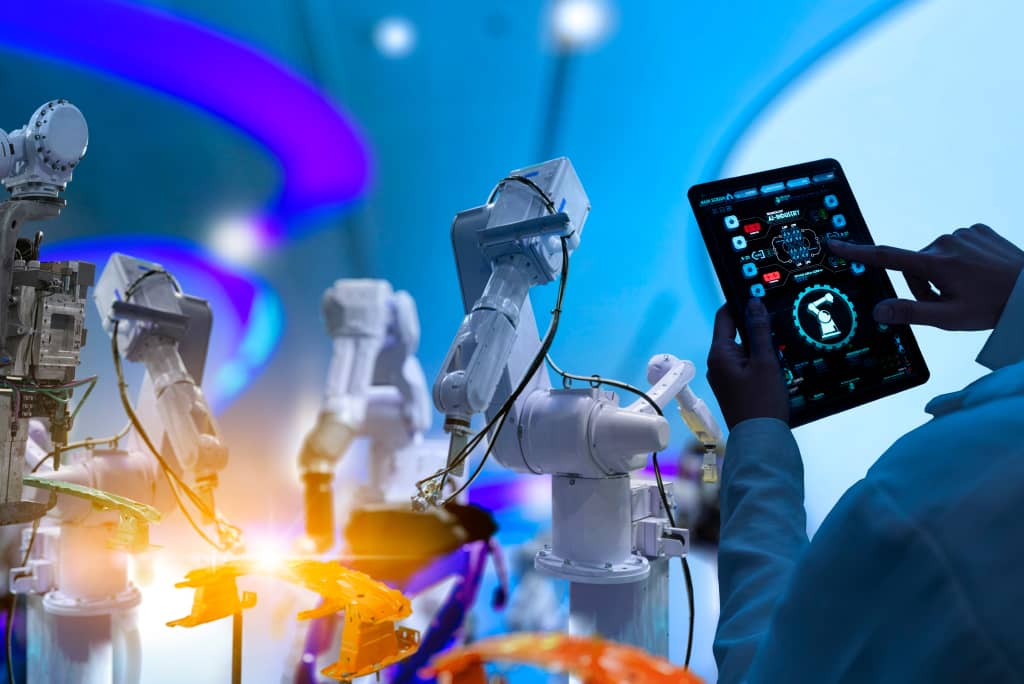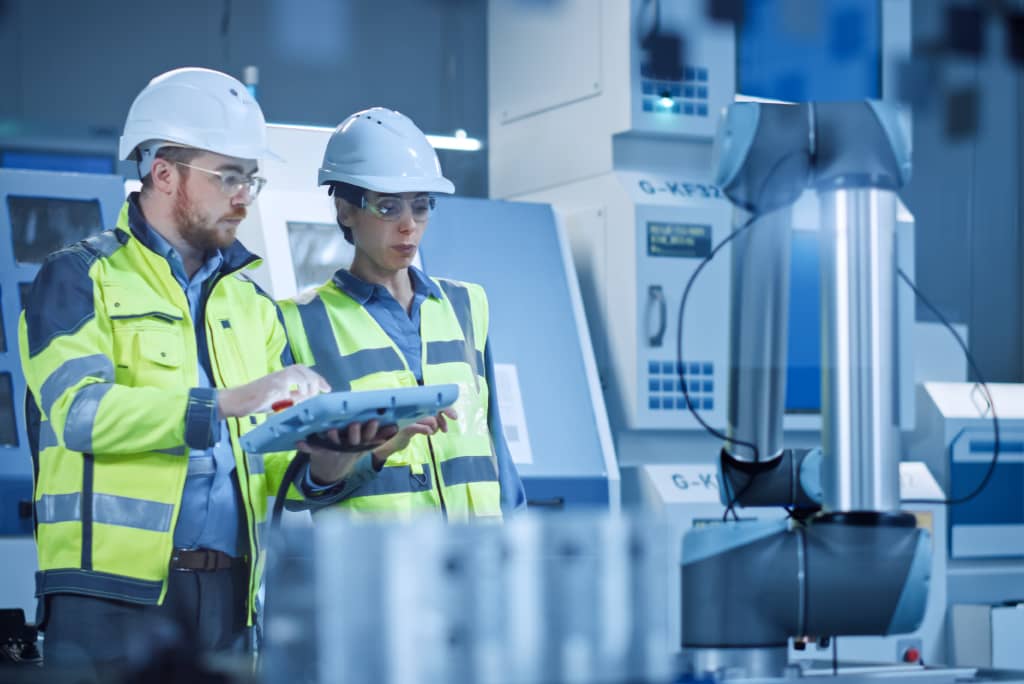RECENT POSTS

Control System Engineering Project Innovations
Today’s systems are significantly more complex than just a few years ago. Managing the data, information and artifacts across system lifecycles has become more challenging as software’s role in system architecture has grown to accommodate expanding system interactions and interdependencies.
As such, control system engineering is evolving as well, offering innovative strategies to overcome challenges in creating robust automation solutions.
Evolving Control System Engineering Processes
As technology continues to expand, it is creating new ways to approach projects and manage systems. Here are just a few of the innovations and strategies to streamline complexity and modernize controls.
Upgrading Programmable Logic Controllers (PLCs)
Newer, more powerful programming logic controllers (PLCs) enable more complex programming and control. Built-in features such as proportional-integral-derivative (PID) control enable more precise feedback loops for temperature, pressure and other variables, including data from IoT sensors.
Artificial intelligence and machine learning enable PLCs to automatically adjust controls to optimize parameters, reducing reliance on strictly rules-based optimization. Self-tuning and adaptive PLC systems eliminate much of the manual tuning required to optimize systems.
Modular and distributed I/O systems also provide configuration flexibility, including remote access, monitoring and control. For example, remote support capabilities allow for diagnosis and changes to PLC programs for critical systems.
Edge and Fog Computing
In automation, precision is crucial. So is speed. Processing data closer to data sources reduces latency to accelerate real-time decision-making. Rather than relying on centralized cloud computing, edge computing works independently of the cloud. Besides faster processing, this also avoids critical failures due to connectivity issues.
Fog computing uses distributed processing to offload tasks from edge devices to optimize control system performance. Fog nodes act as intermediate processing hubs between edge devices and the cloud to perform more complex computations even faster to enable better control responsiveness.
Advanced Control Algorithms
Advanced control algorithms have created higher levels of performance and tuning. Innovative approaches include:
- Model Predictive Control (MPC): MPCs predict behavior over future timelines by repeatedly running different scenarios to determine optimal control inputs. This process works exceptionally well for complex system dynamics and when constraints are present. By recalculating control inputs using real-time data, MPCs can respond effectively to disturbances and variable changes.
- Fuzzy Logic Control (FLC): FLCs use linguistic variables that model human language and reasoning. For example, using terms such as low, medium and high to represent variables when precise controls are not required or vague or uncertain information is available.
- Neural Network-based Controls: Neural network-based controls deploy AI neural networks to learn and approximate control policies. This is especially effective at modeling non-linear relationships and enabling system adaptation without relying on explicit models. These models continually update based on real-time data to fine-tune algorithms for better performance.
Managing Documentation and Dynamic Modeling
It is more difficult than ever to keep documentation current and merged into a single source of truth due to the volume of documentation within today’s distributed workforce. Yet, inconsistencies in documentation can result in failed validations. Documentation can also add to development costs and impact time to market for product launches when deploying automation solutions — especially in regulated industries.
Controls system engineers are moving from a document-centric approach to a data-centric practice of system engineering. Model-based Systems Engineering (MBSE) puts models at the center of system design using a graphical or mathematical representation that abstracts complex behaviors and interactions of control systems. This enables engineers to better understand system functionality, behavior and design.
Dynamic modeling simulates system behavior in response to variables to identify potential issues before implementation. As digital twins for physical systems, this modeling can reduce the time to launch and eliminate much of the trial-and-error process in tuning systems.
Modernizing SCADA Systems
First developed in the 1960s, Supervisory Control and Data Acquisition (SCADA) systems that monitor and control devices and processes have become enmeshed in nearly every industrial facility and production environment to collect and process real-time data. Yet, most systems are proprietary and locked down, making it challenging to integrate data and systems.
For example, many SCADA systems also house data in specialized storage. This can be expensive over time and make sharing data challenging. SCADA system experts can deploy alternate methods for handling data, such as creating SQL databases to log, share and analyze historical data and seamlessly integrate with other systems.
Modernizing Legacy Control Systems and Employing Innovative Strategies for Automation
As control systems continue to increase in complexity, control system engineering is developing innovative new approaches. Deploying these innovations and modernizing legacy systems is creating more responsive, adaptive, and optimized automation.
Pacific Blue Engineering is a leading controls system integrator specializing in tailored automation solutions for industrial manufacturing, entertainment, transportation, and a wide variety of industries. Deploying cutting-edge solutions to modernize and optimize processes, Pacific Blue Engineering can enhance quality, mitigate risks and provide the operational insights you need to grow your business.
Contact Pacific Blue Engineering to request a consultation to discuss your needs.
similar posts
Certifications
Contact Us
Telephone:
Corporate Office “The Shop”
Pacific Blue Engineering, LLC
2880 Orange Ave
Long Beach, CA 90755
© All contents copyright © 2023 by Pacific Blue Engineering













